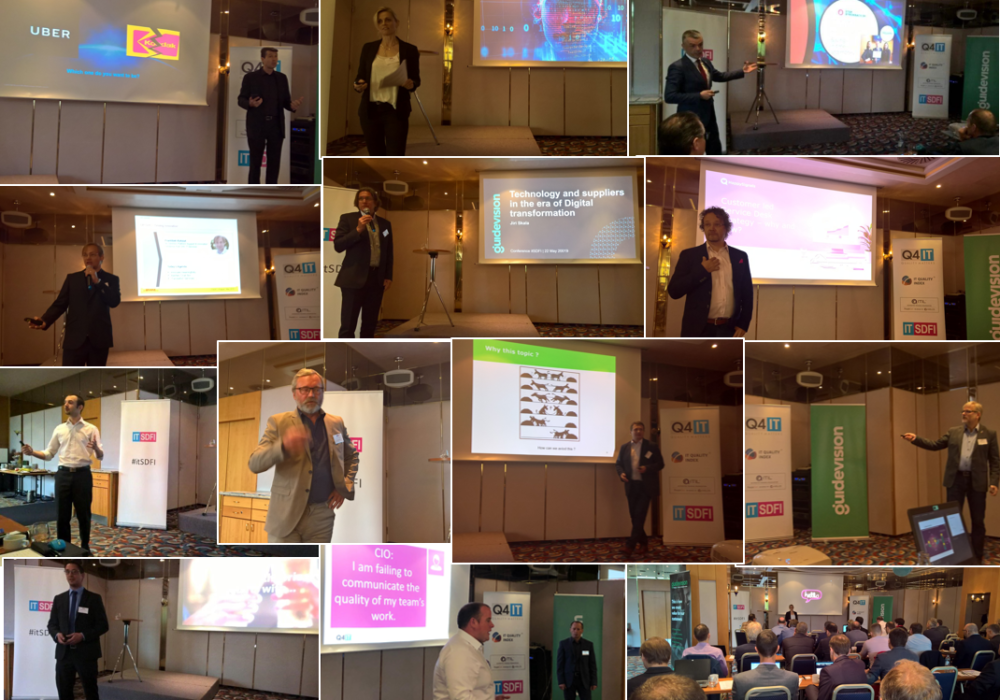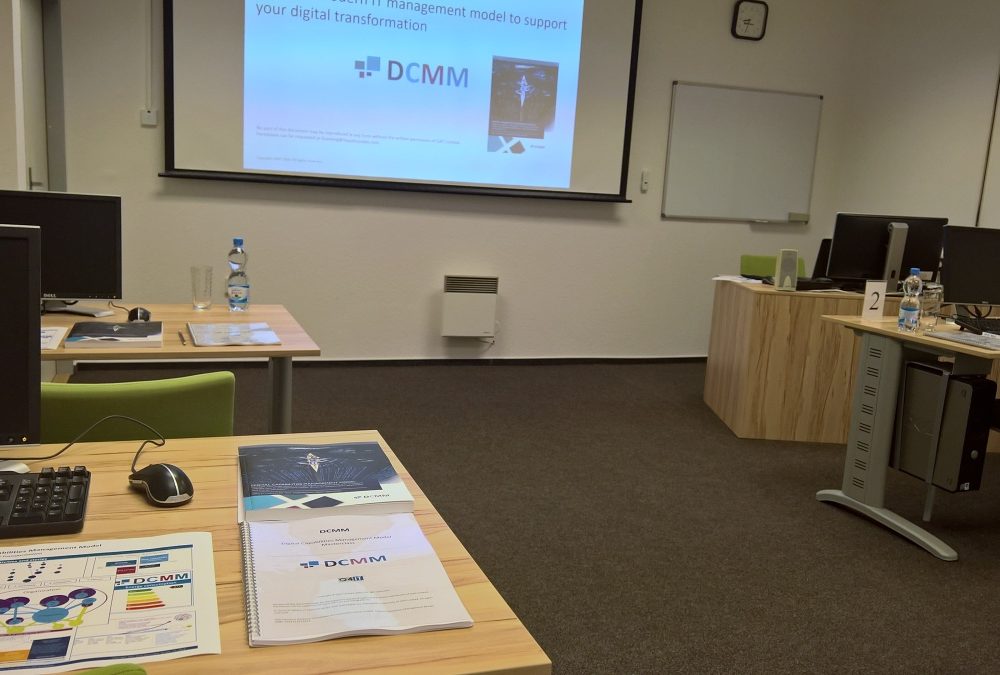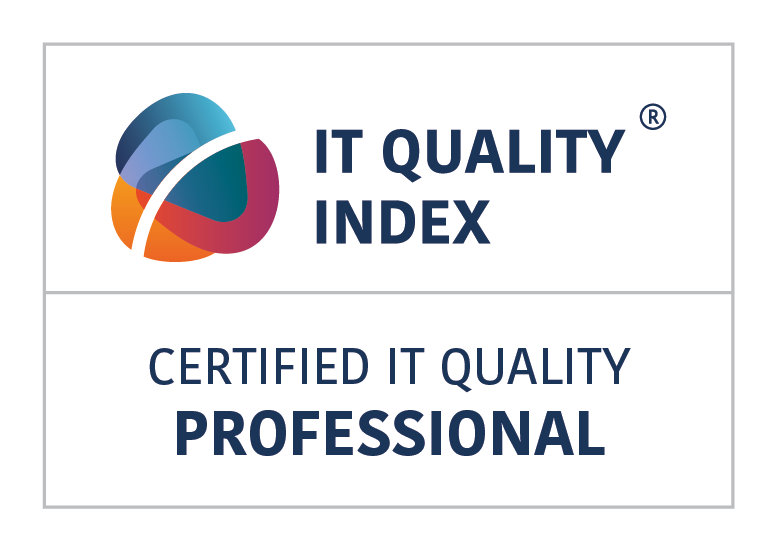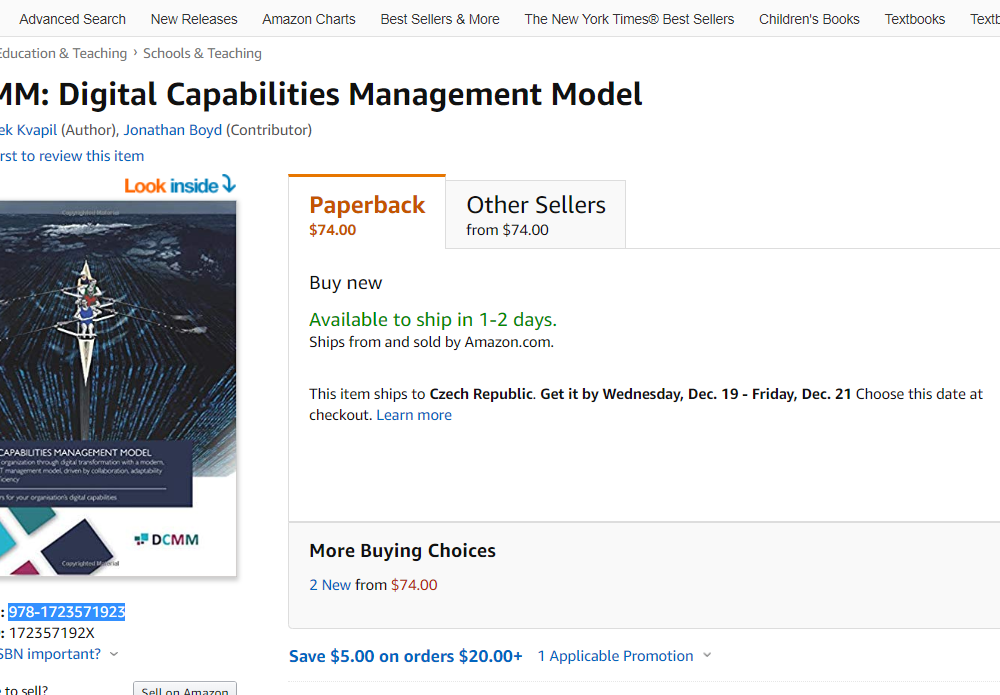Připravujeme nový kurz, ITIL 4 Managing Professional Training – ITIL4 MPT Je určen absolventům přeechozích verzí ITIL, kteří : mají certifikaci ITIL Expert nebo získali 17 bodů přes ITIL V3 nebo ITIL 4 Kurz bude otevřen na konci roku 2019 nebo začátkem roku 2020, na kurz je možné se již registrovat. Pokud máte zájem, je možné […]
Konference itSDFI 2019 se vydařila
Na konferenci se zúčastnila řada zajímavých řečníků, kteří mluvili o tématu „Digital Governance“ tedy o řízení IT v digitální době a jaký je dopad na styl práce CIO Dr. Marcell Vollmer konference byla otevřena zamyšlením nad tím, jak ve světě kde se vše rychle mění je výhodou aktivní konání než čekání na to, co přinese […]
Nový kurz – DCMM Masterclass
Uvnitř organizací spolupracujeme s kolegy, nechováme se k nim jako k někomu externímu. Zákazník je někdo, kdo platí za služby nebo produkty, s kolegy však spolupracujeme na fundamentálně jiných principech. Logika externího poskytovatele služeb nepodporuje rozvoj spolupráce, adaptací a inovací. Pro interní IT je vhodný jiný model řízení: Logika ITSM a jeho důsledky, „oni a […]
Quality Management
Ve většině oddělení IT chybí lidé s dovednostmi řízení kvality – Každý IT profesionál by měl znát základy a logiku termínu IT kvalita – kurz IT Quality Foundation – Každý tým by měl mít člověka, který se věnuje zlepšování kvality – kurz IT Quality Manažer – Expert je člověk, který umí změřit a porovnat kvalitu […]
DCMM – kniha vydána 11.12.2018
DCMM: Digital Capabilities Management Model is a radically new management model designed to support CIOs with their organization’s digital transformation pathing the way for success in a new era by providing the “what” not just the “why”. It offers entirely new thinking that will help you manage complexity, speed of change and uncertainty in the […]



